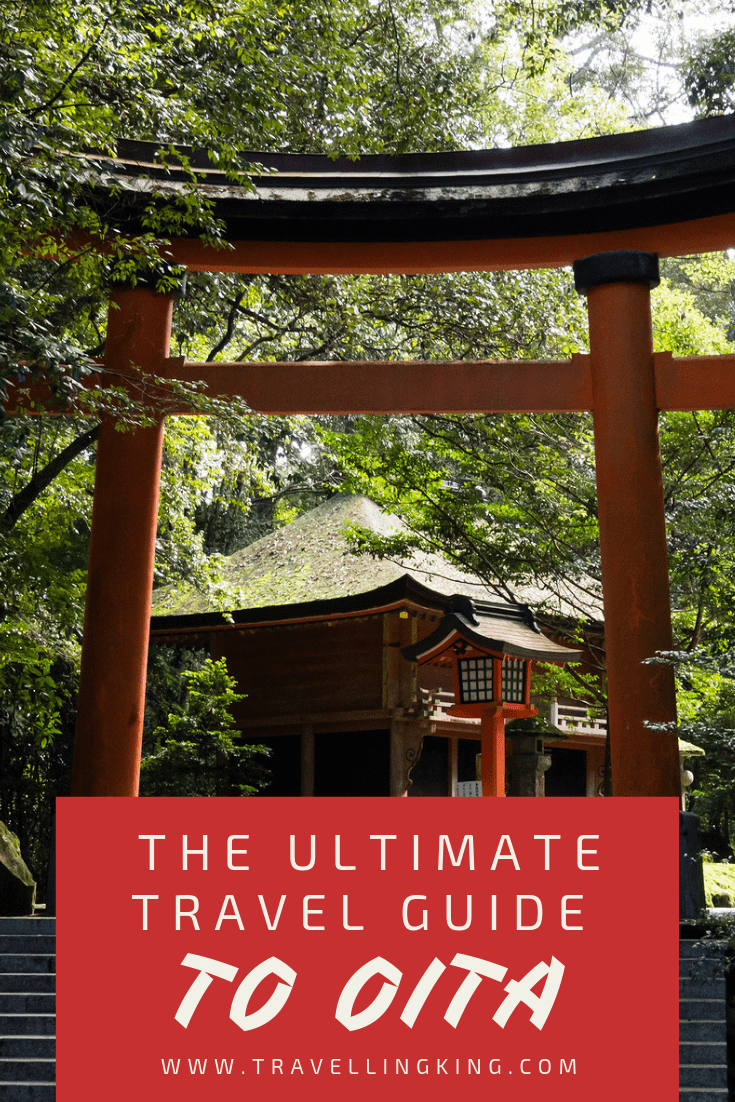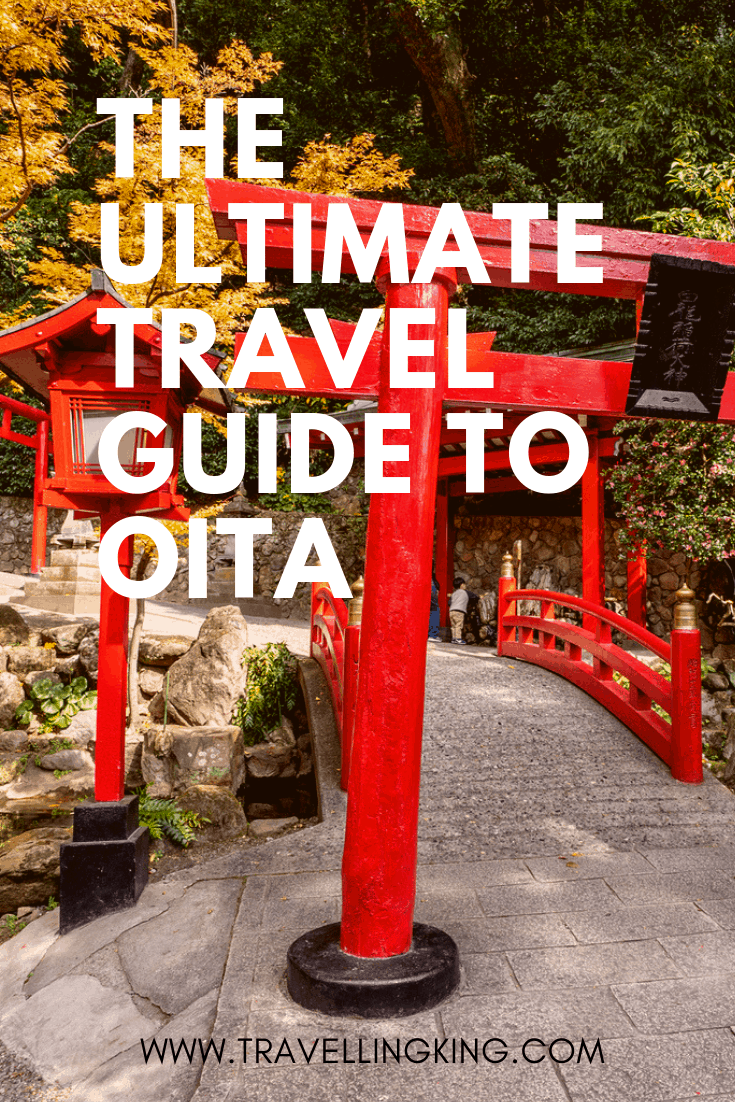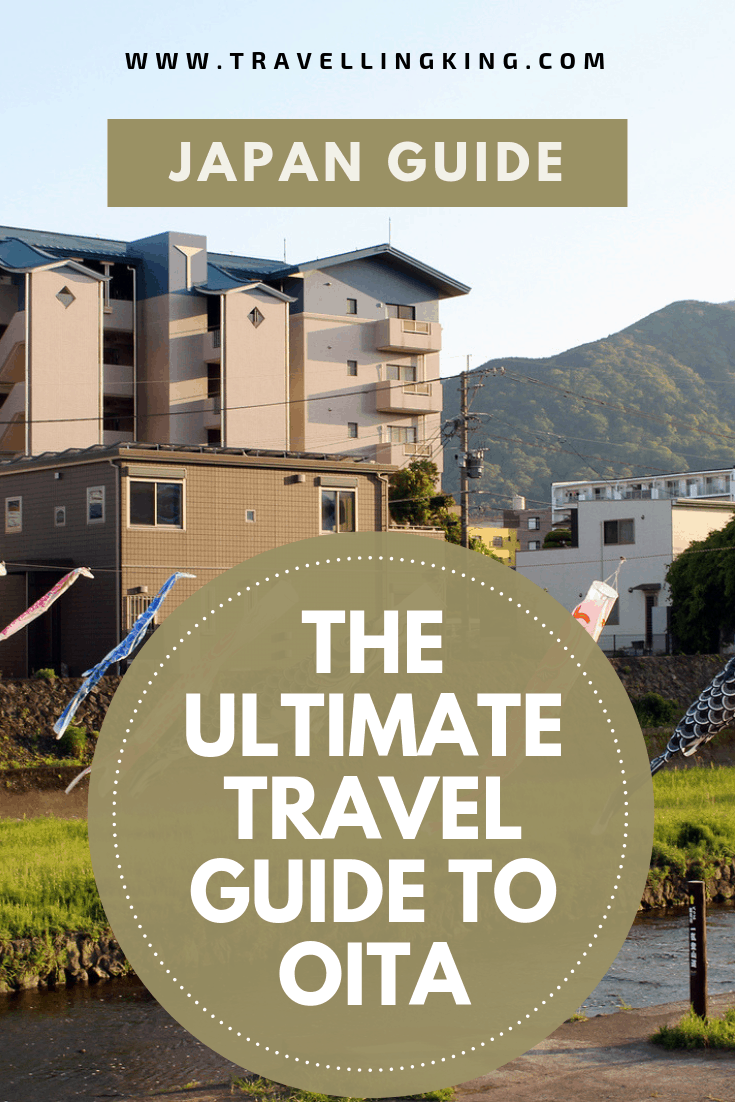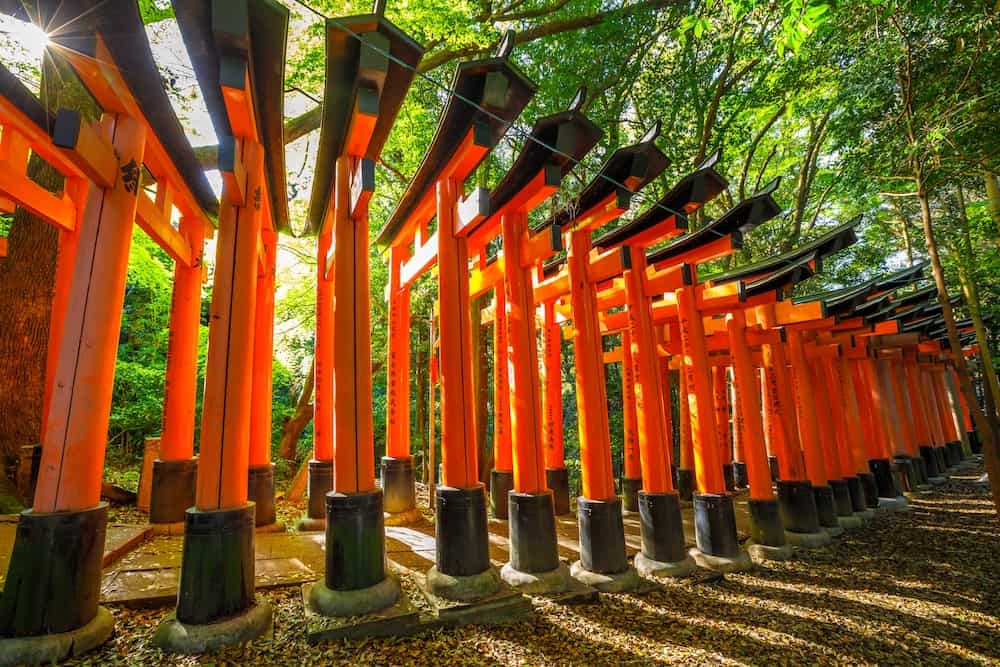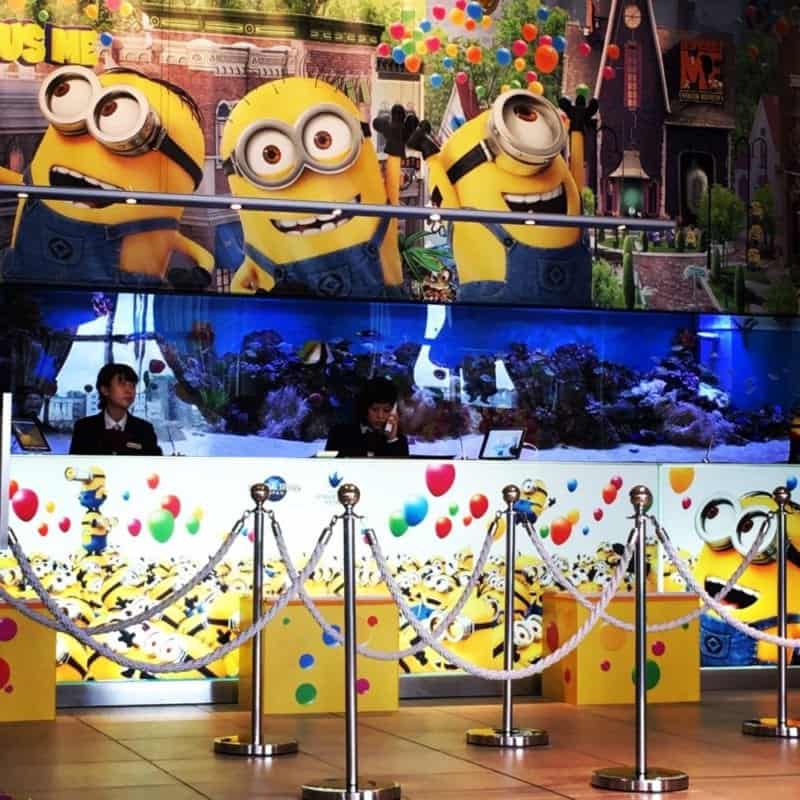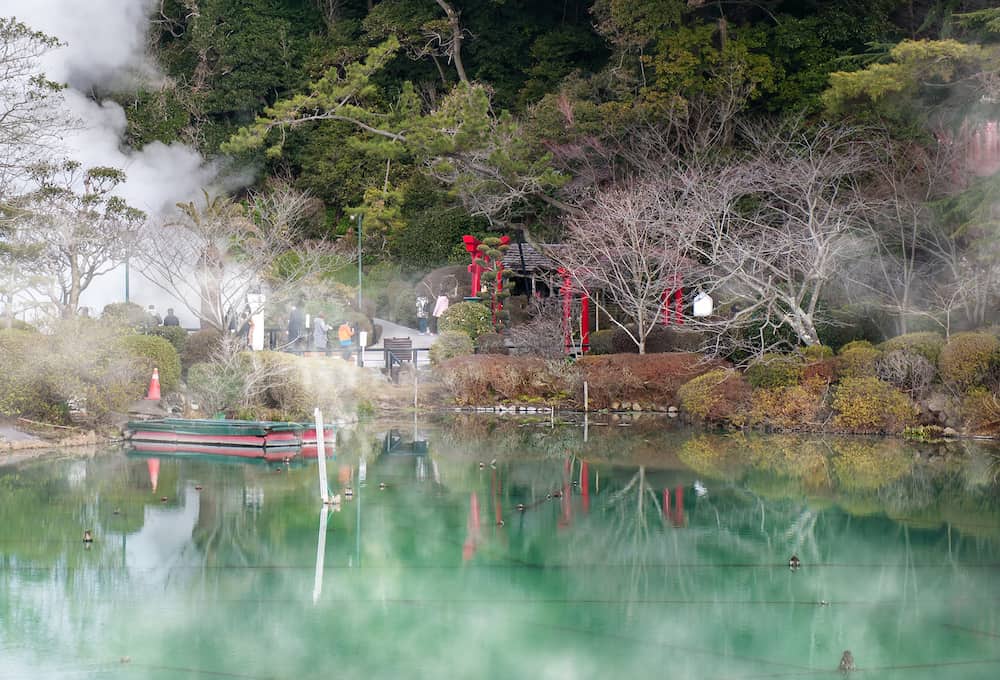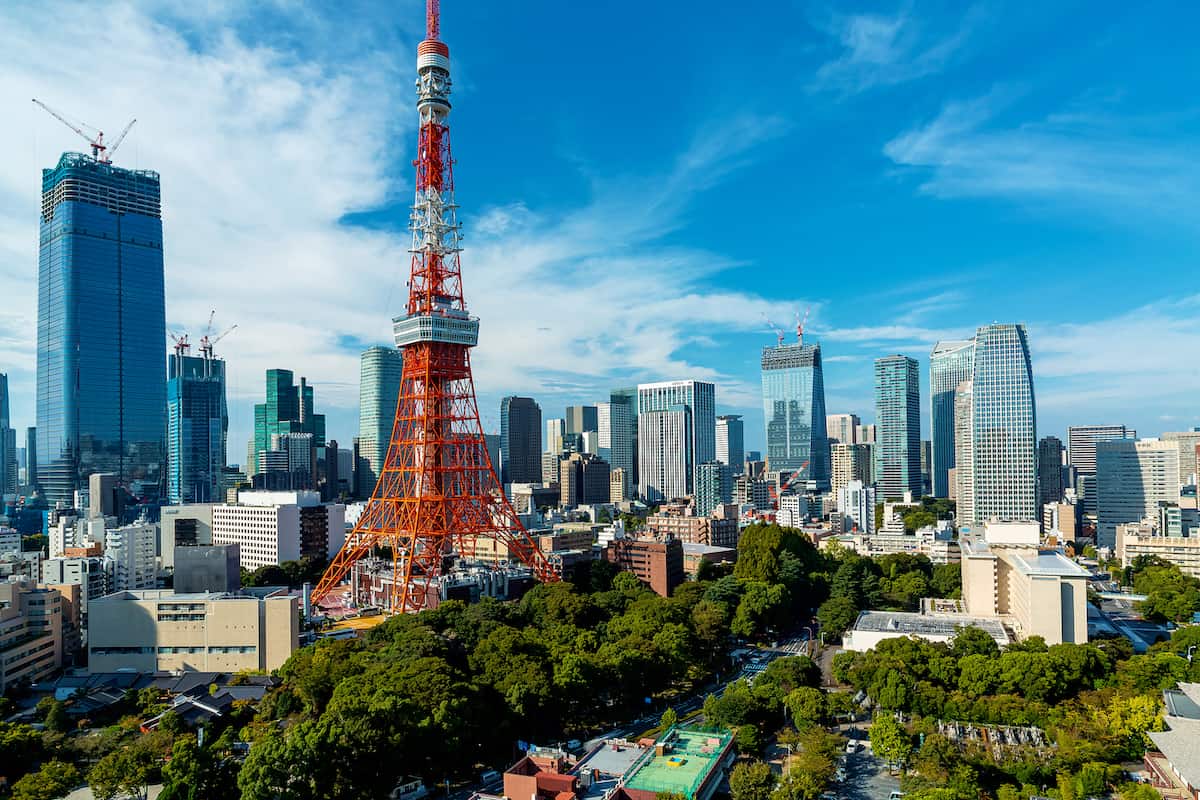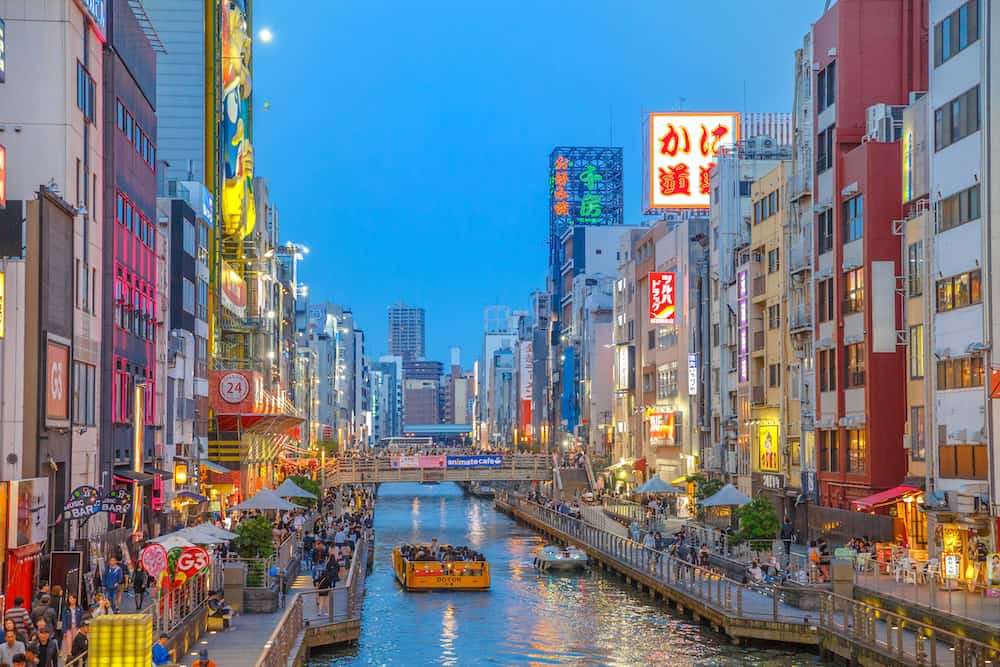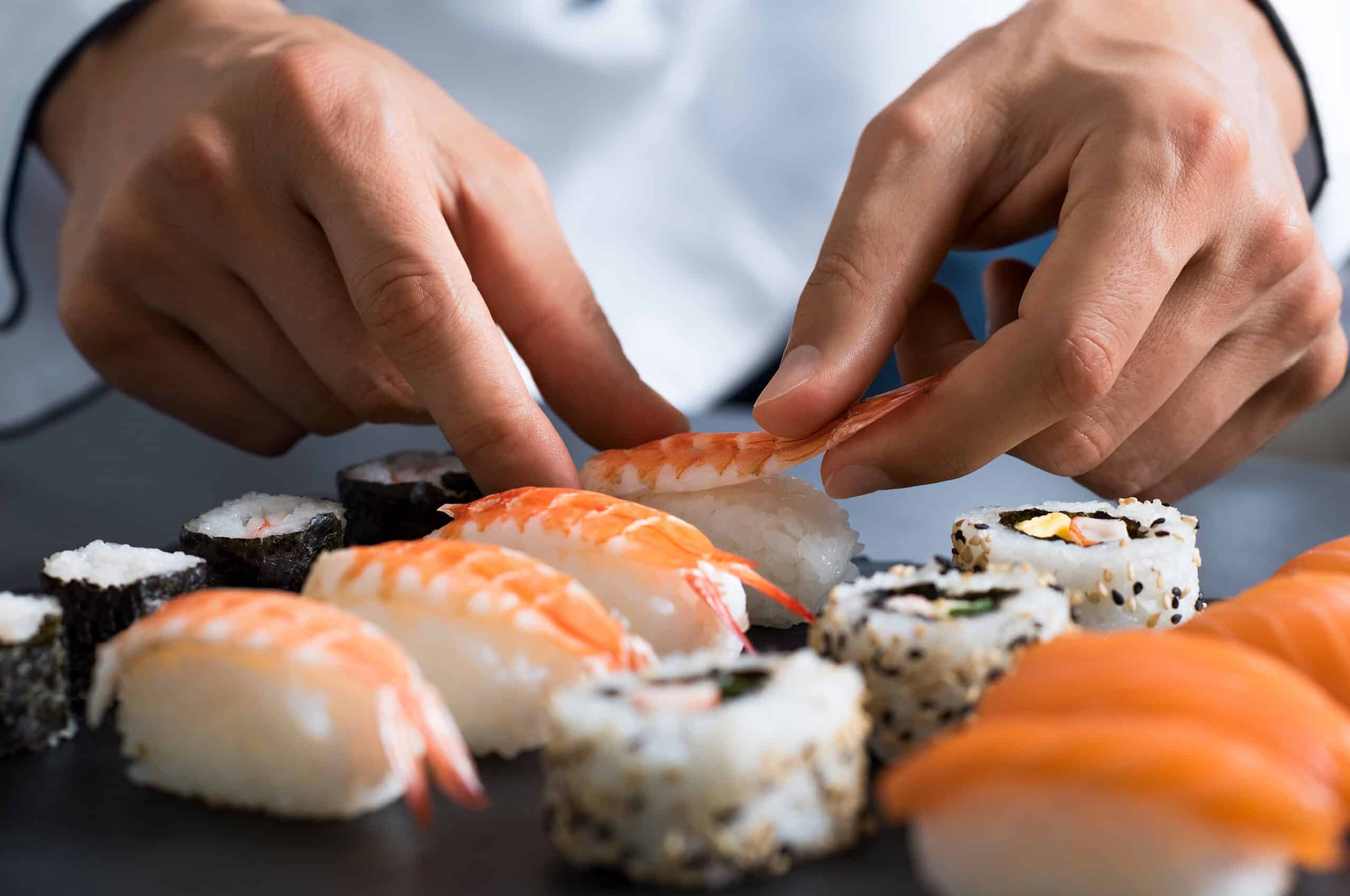The Ultimate Travel Guide to Oita, Japan
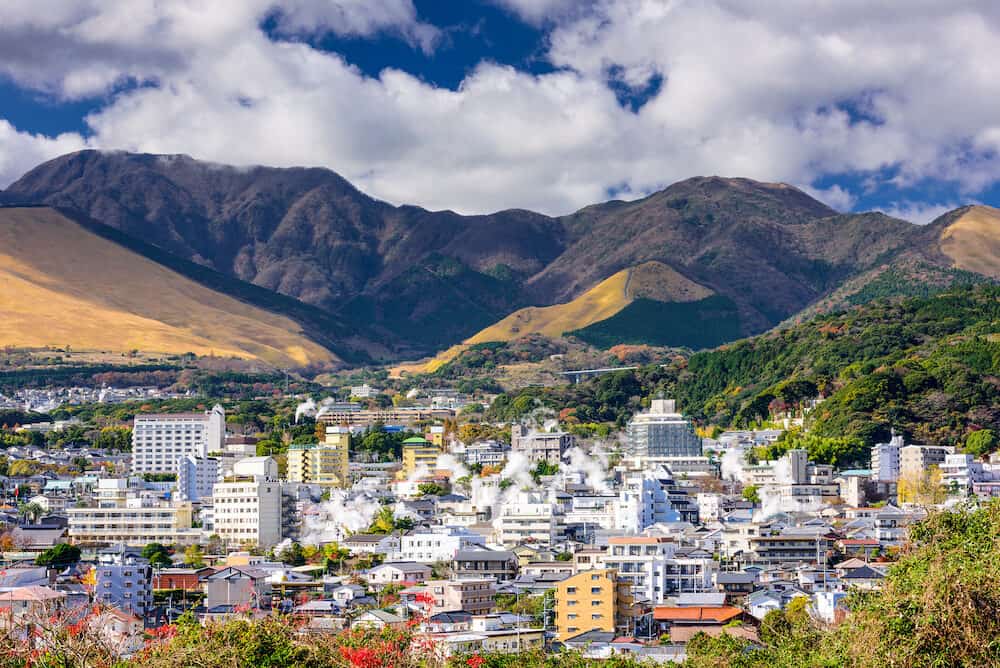
Oita is the capital city of Oita Prefecture, located on Japan’s southernmost island of Kyushu. With a population of just under half a million people, Oita has the charm of a small city while still having a ton of fun things to do and see.
There’s a lot to explore in this part of the world, with neighbouring tourist towns of Beppu and Yufu also attracting many Japanese and international visitors. If you’re seeking a laid-back and relaxed cultural experience, Oita is the destination for you.
This Oita, Japan guide will be your ultimate guide to the city and region’s top attractions and activities. If you’re curious about what there is to do in Oita or you’re planning an upcoming trip, keep reading to find out everything you’ll need to know.
This ultimate travel guide to Oita will show you all the most beautiful places in Oita, what to expect when visiting, where to stay in Oita and things to do in Oita which will help you in planning a trip to Oita.
Plan your trip
Save on fees abroad with the Wise Card—use it at ATMs, restaurants, and for flights or hotels in over 150 countries. Manage 40+ currencies in real-time with the Wise app.
Need Help Planning?
- Cheap Flights: Find the best deals.
- Accommodation: From hostels to luxury stays.
- Car Rental: Affordable options worldwide.
- Sightseeing Tours: Explore without breaking the bank.
- Travel Adapter: One adapter for all your needs.
- Travel Insurance: Don’t risk it—stay covered.
This post includes affiliate links. Read my full disclosure and content policy.
How to get to Oita
Flights to Oita’s small airport operate from Tokyo and Osaka, as well as Seoul in South Korea. If you’re travelling straight to Oita from overseas, you’ll have a layover at either of these cities. There’s a convenient shuttle bus you can get from the airport, which takes about an hour to get to the city.
You can also catch a train from Shin-Osaka Station to Oita Station, a journey that takes three and a half hours. However, you will have to switch at Kokura and catch the express Sonic-Nichirin JR train to get all the way to Oita.
Another option is a ferry ride from Kobe. Ferry Sunflower operates an overnight ferry, which departs at seven o’clock every Sunday to Thursday and at 7:50 p.m. on Fridays and Saturdays.
What to expect in Oita
The primary language in Oita is Japanese. While English isn’t as widely spoken as it is in Tokyo, for example, the locals will generally do their best to communicate with you. Try and learn a few phrases in Japanese to make communication smoother. Even a simple hello (konnichiwa) and thank you (arigatou) will go a long way.
The currency used in Oita and throughout Japan is the yen. At the moment, 1 AUD equals about 75 yen, and one euro equals about 122 yen. Tipping isn’t really done in Japan, particularly in a smaller city like Oita, so this isn’t something you’ll need to worry much about.
In fact, if you try to leave a tip, you’ll likely have it returned straight back! The Japanese believe in providing wonderful hospitality for the sake of it, not for any extra reward, so simply smile and be respectful to show your appreciation.
How to get around Oita
Kyushu Railway Company operates a few train lines that run through Oita. These are the Nippou Main Line, the Kyudai Main Line, and the Hohi Main Line. All three lines connect at Oita Station, and there are numerous other stations throughout the city and greater prefecture. The Nippou line can also take you to Beppu, while the Kyudai line will get you to Yufu.
There are many reliable express buses as well, though they may be a little harder to figure out if you don’t speak Japanese and are only in Oita for a few days. If you need to get somewhere that isn’t near a train station, it’s recommended that you hire a car.
If you happen to be staying in the very centre of Oita, hire a bicycle for 200 yen per day and cycle around to see some of the nearby sights.
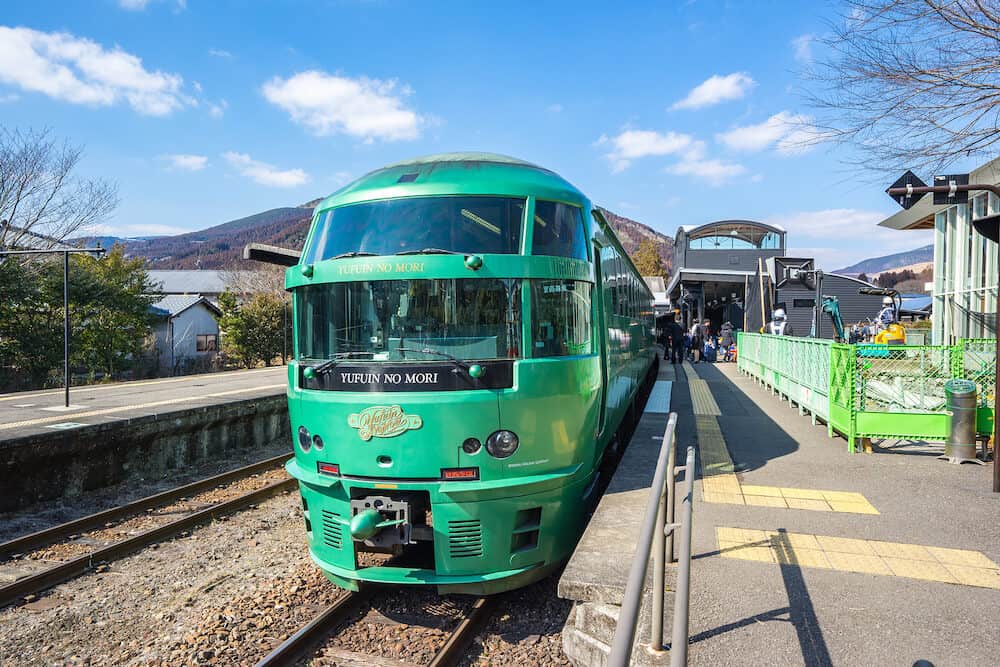
The best time to visit Oita
The best times to visit Oita all depend on your personal preference. The most popular months for tourism are February and July, so book your trip away from these months if you’d prefer smaller crowds.
The prefecture is popular with the Japanese during the wintertime, as it’s slightly less cold than the neighbouring mountainous regions.
The most affordable period to visit is from September to November, as tourism slows and hotel prices lower.
In fact, any time during autumn or spring is ideal if you’re not a fan of humidity. Oita happens to be incredibly beautiful during both of these seasons, so a trip is definitely recommended.
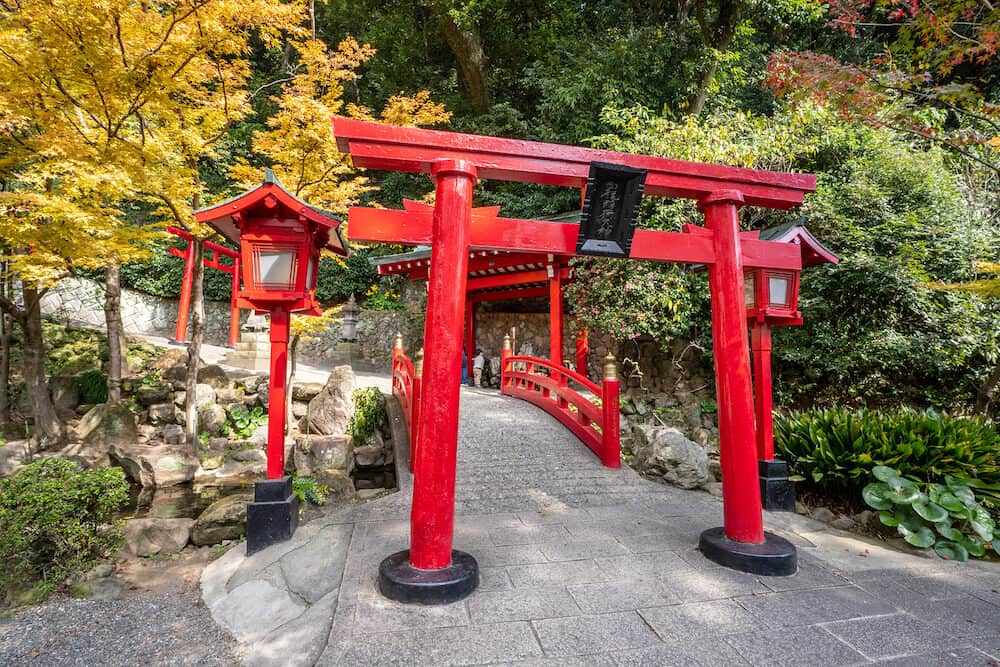
Things to do in Oita
There are numerous scenic attractions in Oita that are guaranteed to both relax and educate you. Here are a few of the top things to do during your trip:
Soak in an onsen
The Oita Prefecture is the top place on the island for an onsen getaway. Due to Japan’s high number of active volcanoes, there are thousands of naturally occurring onsens. These outdoor and indoor baths are geothermally heated and will instantly help you relax and unwind during your trip.
One of the best onsens in Japan is the Hyotan Onsen in Beppu. As the only onsen in the country to receive three Michelin stars, you can anticipate a fantastic experience here. The baths are just as traditional as they were 90 years ago when the onsen was opened.
Tubs are made with natural materials like bamboo and Japanese cypress wood, and private baths can be rented hourly. You can even try a unique sand bath, which is warmed by the flowing hot spring below. Admission prices are reasonable, and the onsen is located only two kilometres from Beppudaigaku Station.
If you can’t make it out of Oita, stop by the City Spa. Opposite the main Oita JR station at Amu Plaza are natural hot spring facilities for some end-of-the-day relaxation. The reception and healing spa is on the 19th floor, and an indoor bath and cafe-bar are found on the 20th floor.
The main attraction, however, is up on the 21st floor. Here you’ll discover a spacious open-air hot spring bath with incredible views over the city. At 80 metres above the ground, you can bathe as you watch the sun go down.
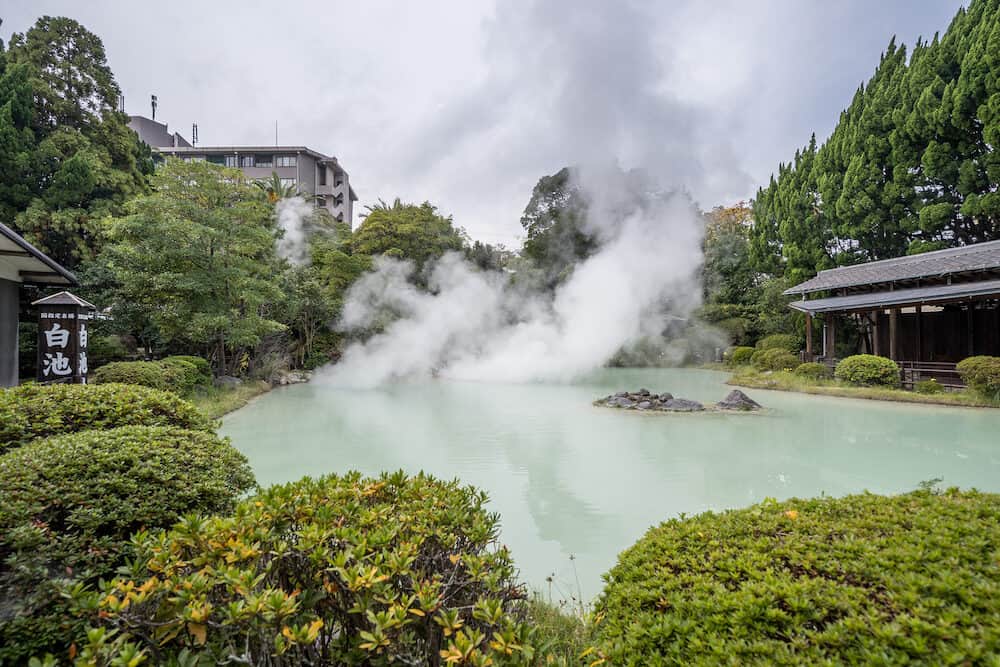
Visit the shrines
Oita has a dozen different Shinto shrines and temples worth visiting, and the Rakan-ji Temple is easily the most impressive. Built into the side of Mount Rakan, a chairlift is required to reach the temple and its caves. The temple was constructed over 700 years ago and holds more than 3,700 stone Buddha statues.
There are countless rice paddles attached to the walls as well, all with wishes and prayers written on them. From the top of the temple, you can see a beautiful panoramic view across the mountains and Nakatsu wilderness.
The Yusuhara Hachimangu shrine is located lower down at the foothills of the mountains in the west of the city. Surrounded by the ancient forest, follow a long stone pathway and you’ll be greeted by the Great South Gate, Higurashimon.
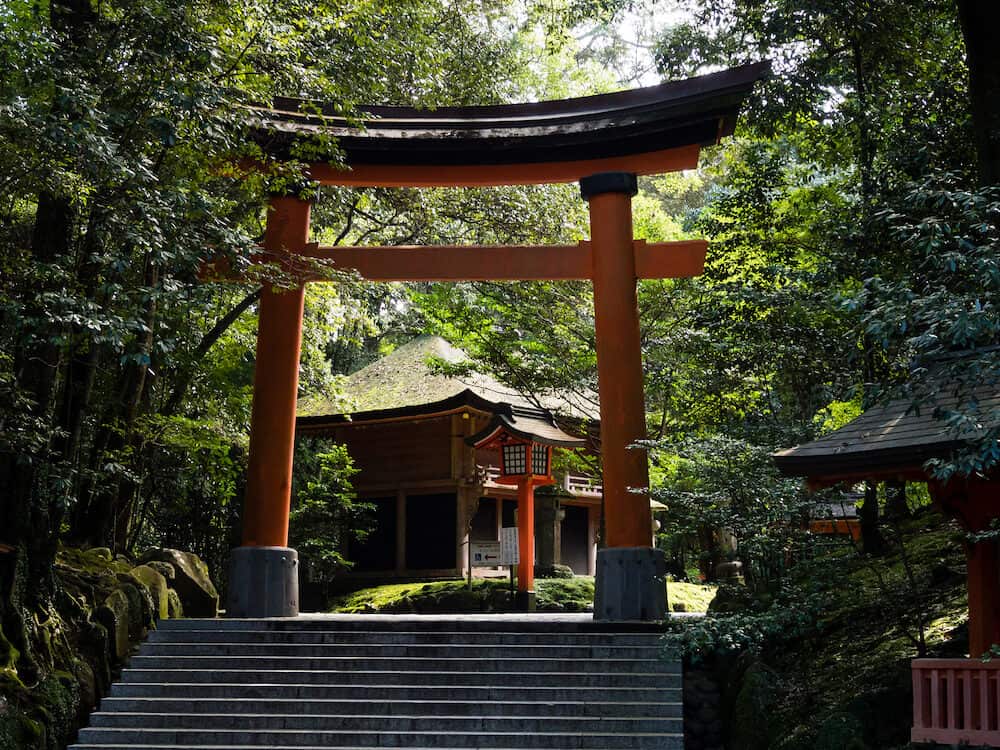
See the local art
The Ōita Prefectural Art Museum, better known as OpAm, is the place to go to learn about the local art scene. The innovative building was designed by Japanese architect Ban Shigeru, and the floor-to-ceiling glass walls let in a ton of natural light.
As soon as you enter, you’ll spot some large art installations in the atrium by the museum gift shop and ticket counter. The third floor features paintings and works of art by local Oita artists, many of which are inspired by the Edo era.
For even more modern works of art, head to the industrial Art Plaza at the former site of the Oita Prefectural Library.
In addition to its permanent exhibits, the fascinating concrete building is also used as a community space to hold art fairs and local exhibitions, so it’s worth checking to see what’s on while you’re in Oita.
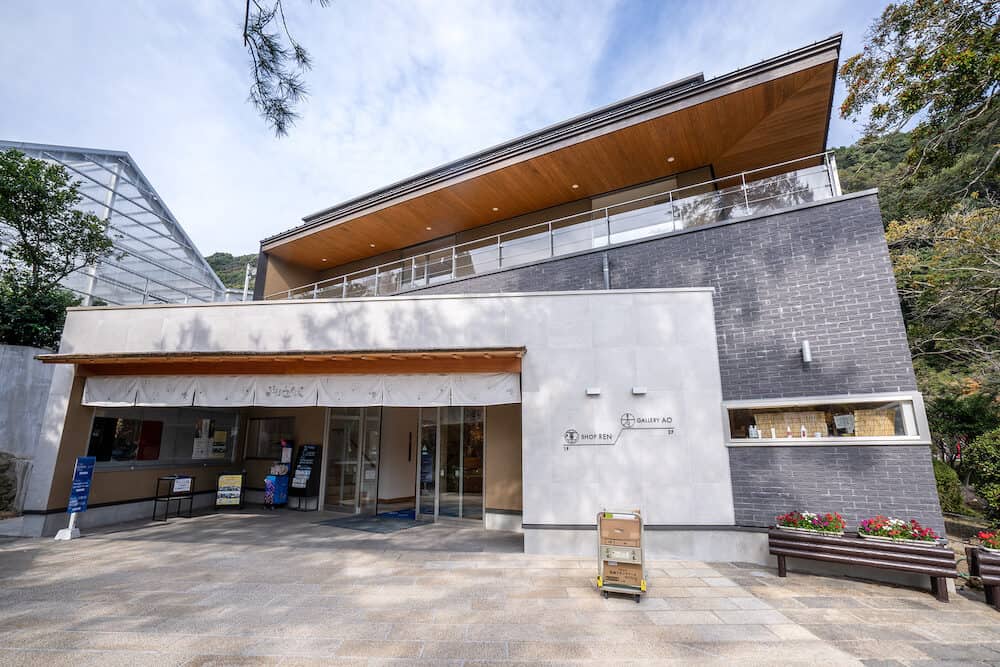
What to eat in Oita
While the whole of Japan takes a lot of pride in its cuisine, the island of Kyushu takes it to the next level. Its temperate climate and close proximity to South Korea and China have created an incredible food culture in Kyushu.
Here are a few regional dishes you can try while in Oita, including a few that are unique to the prefecture:
- Toriten: Battered tempura chicken chunks, deep fried for a crunchy texture. It’s one of the most widely-eaten dishes in Oita and served with ponzu or mustard sauce.
- Dumpling soup: Wheat flour dumplings (known as hocho) cooked with taro, carrots and mushrooms in a miso stock.
- Tonkatsu: A breaded, deep-fried pork cutlet, served with rice, vegetable salad, and a Japanese Worcestershire sauce.
- Ryukyu don: Fresh mackerel and yellowtail sashimi dipped into a mixture of soy sauce, sesame and ginger, then laid atop a plate of rice.
- Hita yakisoba: Crispy soba noodles cooked on a piping hot iron plate, served with bean sprouts, green onion, and sauteed pork.
- Seki saba: A special type of Japanese mackerel caught off the coast of Oita.
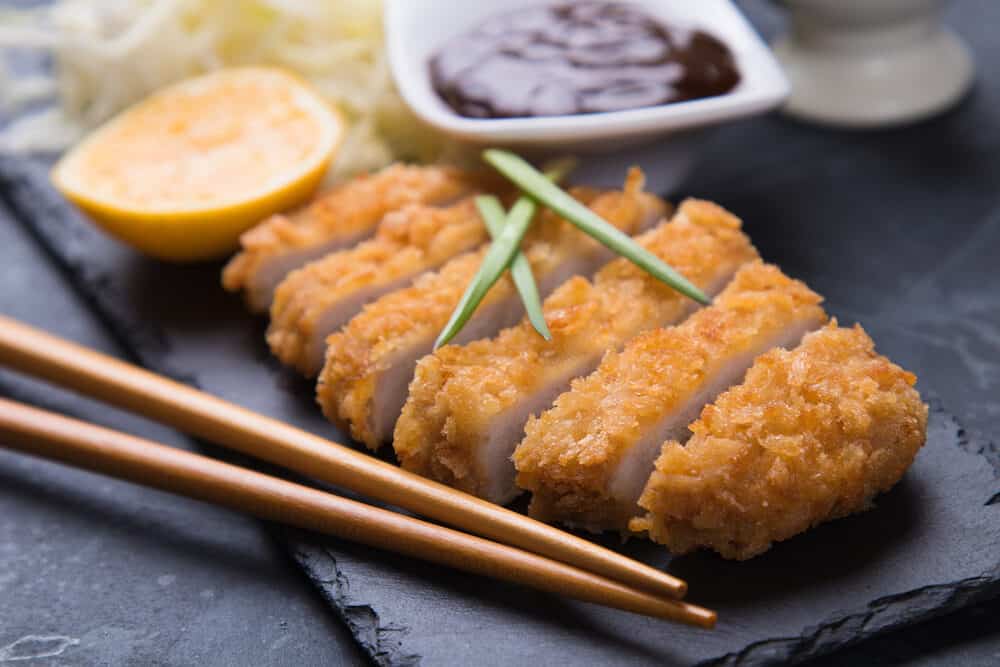
Where to stay in Oita
The accommodation options in Oita are fairly laid back and middle of the range when it comes to both pricing and variety.
A slightly cheaper option is Hotel Mystays Oita. That being said, paying less doesn’t mean compromising on comfort here. All the amenities you could need are provided, as well as a huge buffet breakfast.
A seven-minute walk from the JR Oita station and right near the airport shuttle bus stop, the hotel’s location is ideal as well.
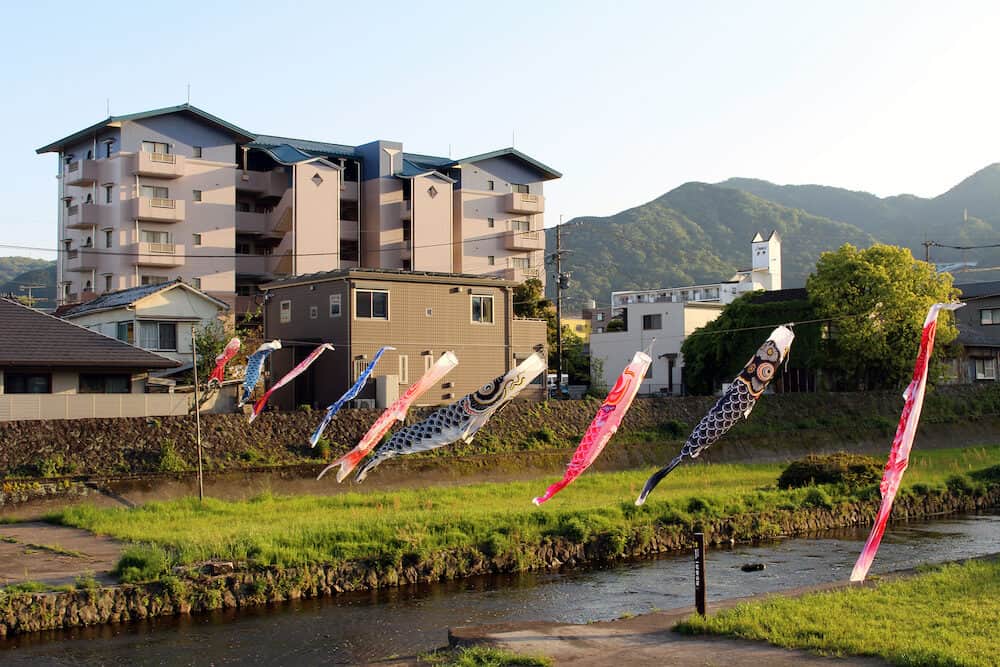
Tours to do in Oita
Departing from Oita Station, head out on a four-hour tour of some unique sights in the area. Your first stop will be the Hells of Beppu.
These eight “hells” are a superb group of hot pools and boiling mud, all with a unique colour or composition. One of the most notable is the Chinoike Jigoku, known as the Blood Pond for its vivid red colour.
Umi Jigoku, on the other hand, is one of the more peaceful-looking “hells” to see, with its crystal-blue water and nearby lotus flower pond.
Afterwards, enjoy a meal at Jigoku Mushi Kobo Kannawa, where you’ll learn about the unique cooking method called hell steaming.
If you’d like a custom tour around the city and the surrounding areas, search for a private tour guide on Viator. There are many licensed guides available who have years of experience and speak fluent English.
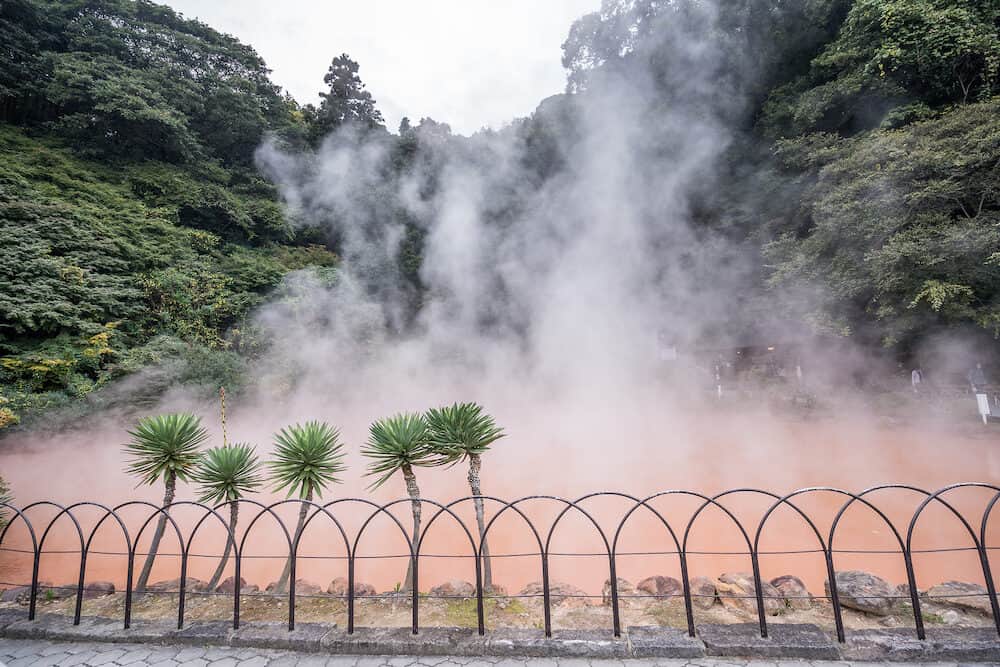
Day trips from Oita
A great way to spend a day outside of Oita is in Fukuoka, which is only two hours northwest of the city. Also both a capital and a prefecture, the Fukuoka area is known for its ancient temples and modern shopping centres.
One attraction you must explore while you’re there is the Fukuoka Castle, also known as the Maizuru or Seki Castle.
Construction of the Keicho-era castle began in 1601 and was completed in 1607. Located in the centre of the city on the top of Fukusaki Hill, the castle is convenient to get to as well.
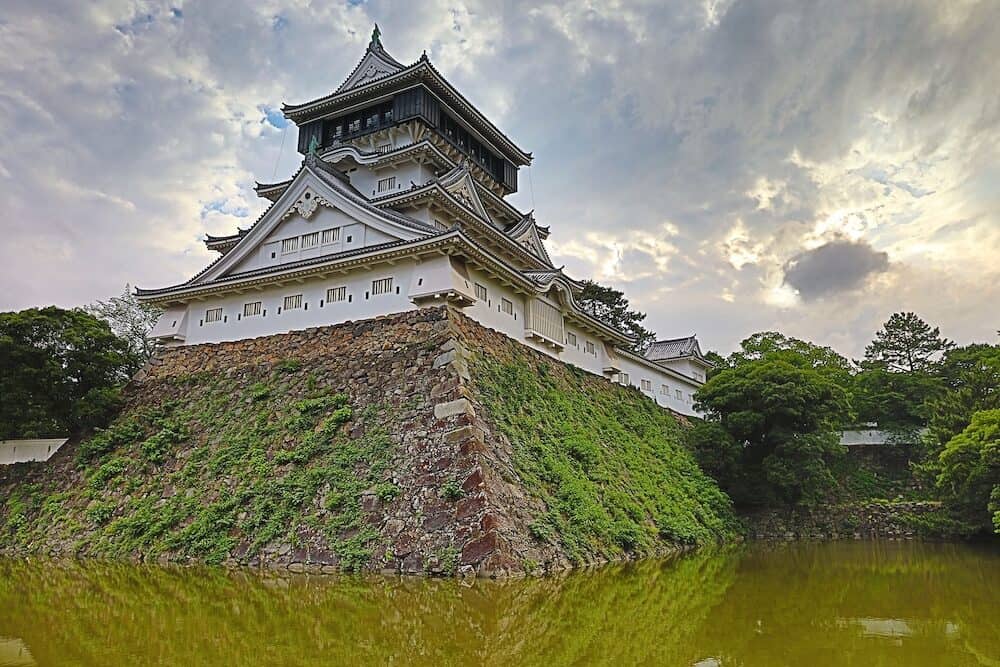
Another fun thing to do in Fukuoka is a cooking class. Head to a local’s traditional Japanese house and learn to cook some dishes in the tatami room. If you can’t stay around for dinner, take a four-to-five-hour private tour of the city.
Your travel guide will take you to the incredible Nanzo-in Temple, which has one of the largest reclining Buddha statues in the world, as well as the historic Dazaifu Shrine.

About three hours southwest of Oita is another wonderful city called Kumamoto. The most-visited tourist spot here is Sakuranobaba Johsaien.
This area incorporates a tourism office, an exhibition of history and culture, and a collection of 23 shops and restaurants where you can purchase locally made products.
Next to this site is the Kumamoto Castle, which was built in 1467. The castle has a fascinating history and has been controlled and expanded by multiple clans over the centuries. If the weather is nice, stop by the serene Suizenji Jojuen as well.
This traditional Japanese garden surrounds a beautiful natural pond, with a charming stone bridge to get across.
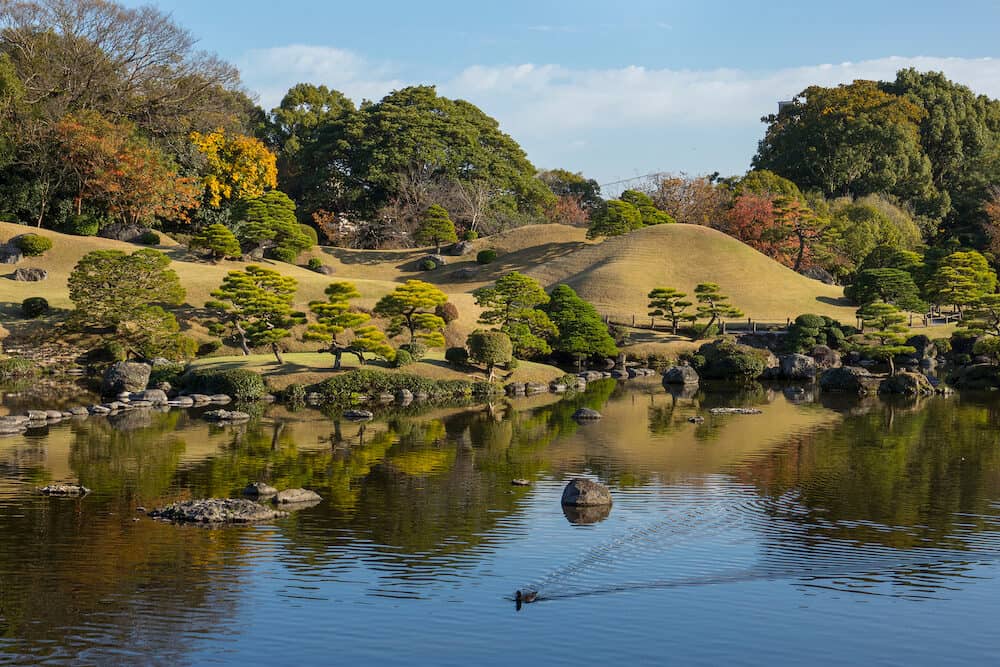
Recommended tours in Oita
If you’d like to save it for later, please save it to Pinterest.
